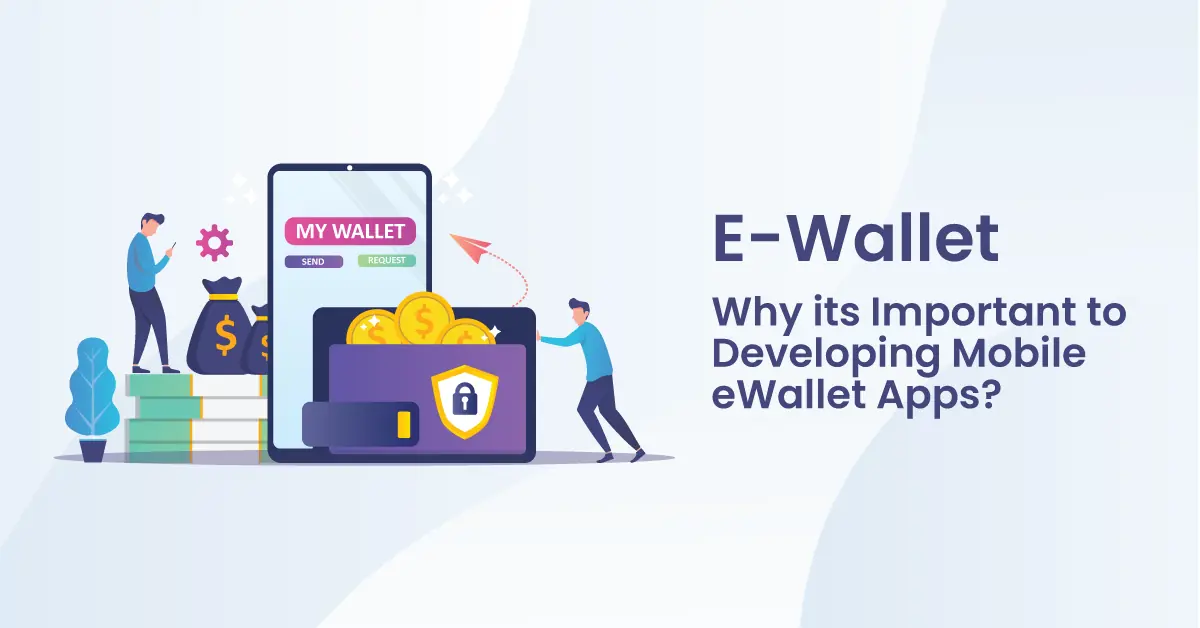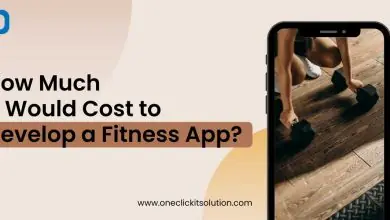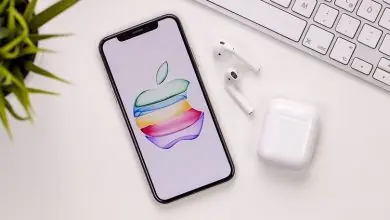eWallet App Development – Complete Digital Payment Solution

What is the eWallet App?
A man walks up to the payment counter with a basket full of shopping items. The cashier tells him the amount to be paid. The man feels the contents of his pockets and realizes that he forgot his wallet at home. But then, he removes his phone and with a gesture, pays the amount owed.
This situation, taken straight from the Societe Generale advertisement, was used to announce the compatibility of its cards with Apple Pay and is a convincing advocate of the benefit from a mobile wallet application.
Apple and Google Pay are pioneers in custom Mobile Wallet App solutions. At least in terms of the democratization of this technology. Then there are other competitors like Samsung Pay, PayPal, Android Pay, Walmart Pay, Venmo, Dwolla, and more.
How Does the eWallet Mobile App Work?
eWallet is an app that allows you to store your credit cards, gift cards and loyalty cards on your phone. This can be handy in a number of situations, so let’s take a look at how it works:
- You download the app from the Google Play or Apple App Store.
- Once you’ve downloaded the app, you’ll need to create a new account or sign in with an existing account (if you already have one).
- Next, you’ll go through a quick setup process where you’ll give your eWallet access to your phone’s camera and microphone. This is how eWallet will scan barcodes when you’re using it at checkout.
- After that, all that’s left is to add your cards! To do this, just open up eWallet and select ‘add card.’ When prompted by the app, simply scan each card using your phone’s camera and then enter any additional information necessary (e.g., expiration date).

Why should You Develop a Mobile eWallet App?
1. Faster Transfer of Funds
Sending and receiving money was never so easy. With just a click, you can transfer the money to any account. Currently, the transfers are free of cost too.
2. Timely Payments
Users do not have to wait for cheques to encash, or keep cash available to pay bills. Mobile wallets have changed the way you pay. Apps like CRED even send you reminders to pay your credit card bills, rent, etc. Since the transfer of funds is immediate, mobile eWallet app solutions ensure that your payments are on time, always.
3. Wide Range of Usage
From a local retail merchant to eCommerce portals, flight bookings, and credit card payments, mobile eWallets are a boon.
4. Easy to Load
Barring a few mobile eWallet Custom development services, users are saved from the hassle of loading the account with money. You can integrate your bank accounts or credit cards with these e-wallet apps and make payments without a hunch.
5. Available Anytime
Just a one-time download offers you accessibility to funds anytime, anywhere. Mobile eWallets have truly made daily transactions simple and convenient.
6. Discounts and Cashbacks
Earn while you pay is another benefit from a mobile wallet application. Every solution offers some kind of incentives and promotion to its users to maintain brand loyalty.
How Popular eWallet Apps for Android and iOS Work?
1. Apple Pay
The mobile payment solution designed by the Cupertino company proposes to dematerialize your bank card. In doing so, you can use your phone, tablets, or even smartwatches to pay for any purchase at a merchant who accepts contactless payments.
The best part about Apple Pay mobile wallets is that once activated, they become a full-fledged means of payment across the entire ecosystem.
How is the Data Secured?
Regarding the security of banking data, Apple aspires to be irreproachable. To validate a payment, it is mandatory to go through biometric authentication (fingerprint with Touch ID or facial recognition with Face ID), or by entering an access code that only you know.
Apple also ensures that your credit card information is not communicated to the seller, nor stored on your device or in Apple’s servers.
A dynamic security key is created for each transaction, and stored in “the Secure Element component” (a chip in your device) in a fully encrypted manner. Even if your device is lost, it is impossible for anyone to decipher it. In addition, where applicable, the “Find my iPhone” feature allows you to deactivate Apple Pay in one click.
2. Google Pay
Google Pay is closer to Apple’s custom mobile wallet app solution. This is a way to dematerialize your bank card, and also have storage space for your loyalty cards. Given the high number of Android users, this app takes the top place in mobile e-wallet solutions.
To pay for in-store purchases, all you have to do is unlock your phone and bring it near the payment terminal. No need to launch the app or validate anything.
For online purchases, you will need to go through a merchant site compatible with Google technology. If applicable, a G Pay button, similar to the one found for using PayPal, will be present to allow you to pay via your Google account.
Regarding transaction amounts, they are governed by the limits of the credit card that you add to Google Pay.
But one of the other possibilities offered by Google’s service is the payment between friends. You can send refund requests, or a payment to anyone, who has an Android or iOS smartphone. It is also a cross-platform app and that just improves its popularity.
How is the Data Secured?
When making payments, Google Pay does not send your actual credit card information, but a unique encrypted number that authorizes payment. As with Apple, the “Find my device” application allows you to deactivate Google Pay or completely erase your phone in case of loss.
3. Samsung Pay
Samsung is another global player in the field of mobile payments. Internationally, Samsung Pay was launched a month before Google Pay. The payment limit is linked to the credit card.
At Samsung, the contactless payment process is not based exclusively on NFC. The local radio standard is supported by Secure Magnetic Transmission (MST) technology. MST-enabled mobile phones are capable of generating a signal that mimics the magnetic stripe of a traditional payment card. This allows contactless payment even on terminals that have not been installed later.
While you embark on your eWallet App Development process, you need to first understand what solution best fits the purpose of your project. It is important to understand the market demands and fill the gap in terms of technology and functionality when developing a mobile wallet app.
Here are the Types of Mobile eWallet Apps You Must Consider:
1. Point of Sale (PoS) Payments:
A point of sale consists of software and the hardware that powers the software. The equipment may include a computer, a physical terminal, a scanner, a printer, and the like for the operation of the point-of-sale software. The software helps organize and access your store information. In summary, a point-of-sale system is a combination of software and hardware that makes your business operations easier.
Point of sale solutions can be delivered with PoS hardware such as a credit card reader or terminal. This means that you can make sales both offline and online.
2. Online Payments:
This is the most popular type of digital payment option where the customer can use net banking, debit, or credit card to make their payments. A payment gateway ensures a smooth transaction in this case.
3. NFC Tags:
Near Field Communication technology allows two nearby terminals to exchange information very quickly, like a kind of “improved Bluetooth”. Most smartphones are now equipped with an NFC chip, which therefore allows you to pay with your laptop in less than a second by bringing it closer to a specialized terminal (contactless principle).
All payment terminals equipped with contactless allow NFC payment, which makes it one of the most widespread means of mobile payments.
4. Mobile Payment by QR Code:
The QR Code (or Quick Response) is another solution for paying with your phone. To make a mobile payment with a QR Code, the merchant scans the code on the smartphone directly via his terminal. The code is detected instantly and then validates the transaction. For payment via the QR Code to be made, it is necessary to download a compatible and suitable reader application.

To Conclude
In the game of reliability, mobile eWallet apps are models of simplicity and efficiency. Banks and financial institutions as well as payment gateways are ensuring complete data security. However, when choosing a custom mobile eWallet app development company, you must check if they are adept in designing secure financial solutions.
We are a cutting-edge software development company, specializing in delivering innovative solutions to meet your business needs and drive growth.
At OneClick, we have nearly a decade of experience in developing custom solutions for the financial sector. Our team understands the importance of these apps and hence offers solutions that will offer ease of mind and usage to mobile wallet users. Do you have an app idea on your mind? Contact our team to understand the eWallet app development cost and key features.




